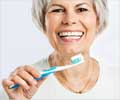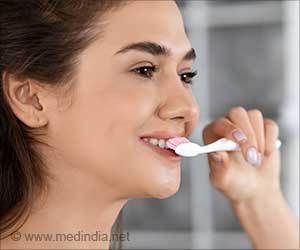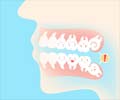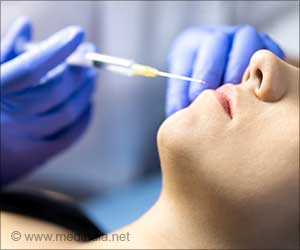Research shows that older enamel has more fluoride in the outer layers, making it harder but more prone to cracks.
- Tooth enamel is the hard, outermost layer of teeth
- Older enamel crystals were smaller and more tightly packed compared to younger enamel
- Loss of organic material between the crystals makes the enamel hard yet brittle
Stratification of fluoride uptake among enamel crystals with age elucidated by atom probe tomography
Go to source). Tooth enamel is made up of hydroxyapatite crystals, tiny mineral structures arranged in a highly organized manner. These crystals form the backbone of enamel’s strength and durability.
Fluoride strengthens enamel, but as we age, too much can make it harder yet more brittle—finding the balance is key to keeping your teeth strong and healthy. #dentalcare #oralhealth #medindia’
Role of Fluoride in Enamel Remineralization and Aging
Enamel is constantly exposed to acidic foods, drinks and bacteria which causes demineralization (loss of minerals from the enamel surface). Saliva along with fluoride helps to reverse this damage through remineralization, where minerals like calcium, phosphate and fluoride are reintroduced into enamel.Fluoride is a mineral found in drinking water, toothpaste and dental products that strengthens enamel by reducing its ability to dissolve in another substance and improve resistance to acids. Fluoride is widely recognized for its positive benefits for oral health, but its function in enamel as a person gets older (at an atomic level) remains unclear.
By examining changes in fluoride concentration and enamel structure, the research sheds light on why enamel becomes brittle with age and suggests ways to improve dental care.
Why Does Enamel Become Harder Yet More Brittle with Age?
The researchers studied two teeth, one from a 22-year-old (young enamel) and one from a 56-year-old (older enamel). They used special tools like atom probe tomography (APT), an advanced imaging technique that maps the position of individual atoms in three dimensions with accuracy and scanning transmission electron microscopy (STEM) that provides high-resolution images of enamel crystals to visualize size, shape and arrangement.Older enamel had more fluoride in the outer layer of crystals called the shell region and on the inner part of the crystal (core), there were no changes in fluoride content.
These structural changes combined with fluoride accumulation make older enamel harder but more brittle (prone to cracking).
Here are some tips to keep our teeth strong and healthy:
- Brush your teeth twice a day with fluoride toothpaste.
- Drink fluoridated water as this can help in regular exposure to fluoride.
- Avoid sugary and acidic foods, which can erode the enamel.
- Visit the dentist regularly for checkups and fluoride treatments that can strengthen enamel.
- Floss every day to keep the spaces between the teeth.
As we age, managing fluoride exposure alongside regular dental care can help maintain a balance between enamel strength and flexibility, reducing the risk of cracks and fractures.
Reference:
- Stratification of fluoride uptake among enamel crystals with age elucidated by atom probe tomography - (https://www.nature.com/articles/s43246-024-00709-8)
Source-Medindia














